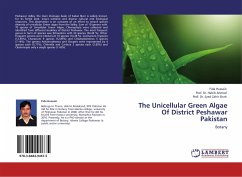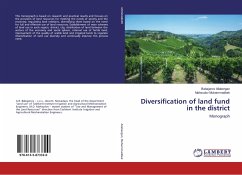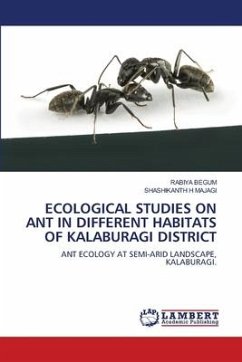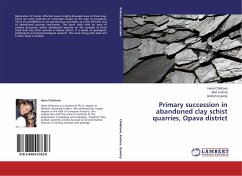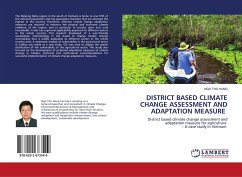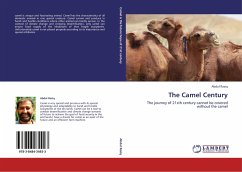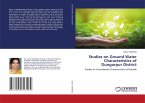Peshawar Valley, the main drainage basin of Kabul River is widely known for its fertile land, intact wetland and diverse cultural and biological resources. This dissertation is an outcome of an effort to record species diversity of unicellular Green algae from the Valley. Sum of 10 genera with 70 species of Unicellular Green Algae, Chlorophyta were collected and identified from different localities of District Peshawar. The most frequent genus in term of species was Tetraedron with 24 species (34.28 %). Other frequent genera were Closterium 10 species (14.28 %), Cosmarium 9 species (12.85%), Characium 9 species (12.85%) and Chlamydomonas 5 species (7.14%). The genera Ankistrodesmus and Oocystis were represented by 4 species each (5.71%), Chlorella and Carteria 2 species each (2.85%) and Closteriopsis only a single species (1.42%).
Bitte wählen Sie Ihr Anliegen aus.
Rechnungen
Retourenschein anfordern
Bestellstatus
Storno

